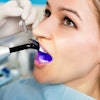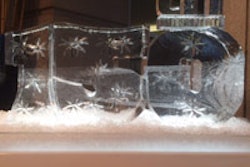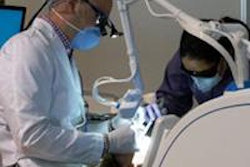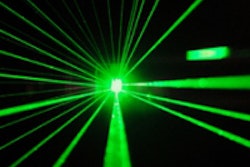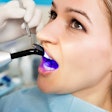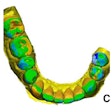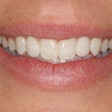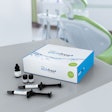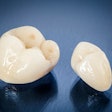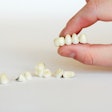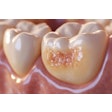
Through rose-colored glasses, implant dentistry is a perfect solution. The patient no longer has to worry about decay or other problems associated with natural dentition. But the rise of peri-implantitis in dentistry's consciousness has led to the creation of different treatment options
The laser-assisted peri-implantitis procedure (LAPIP) is one such option. Based on the laser-assisted new attachment protocol (LANAP), LAPIP has distinct advantages over other commonly employed methods of treating peri-implantitis, according to Allen Honigman, DDS, MS a Phoenix-area practitioner who has been performing the LANAP procedure since 2006.
“It allows for future traditional surgical methods or laser treatments.”
During the recent ADA annual meeting in New Orleans, Dr. Honigman was a booth doctor for Millennium Dental Technologies, where he is a certified clinical instructor, and was answering clinical questions about the LAPIP procedure from those who were interested in integrating it into their repertoire.
"The procedures out there now for peri-implantitis are more surgically driven procedures," Dr. Honigman said during an interview at ADA 2013 with DrBicuspid.com. "I let them know about a procedure for peri-implantitis for patients who don't want to have surgery done."
With the LAPIP procedure, the clinician uses a Nd:YAG laser to penetrate into the soft tissue. These types of lasers have displayed an ability to kill bacteria that exists several millimeters below the tissue's surface in previous studies. Bacteria, studies have shown, are a major cause of peri-implantitis.
In addition, a significant advantage for patients on blood thinners is that they can stay on them in preparation for the procedure -- something that is not possible with a surgical approach.
"This is key for the protection of the patient, because taking certain patients off of their blood thinner medication could seriously jeopardize their health," Dr. Honigman noted.
The procedure
How should you perform LAPIP? First, make sure you know your way around a dental laser.
"This should not be done without proper training with a PerioLase," Dr. Honigman warned. "There have been recent instances when necrosis around the implant resulted from improper use of a diode laser." Using the proper settings on the laser for each step is also important.
Below are the steps to follow:
- The clinician must identify the patient's problem as peri-implantitis. "After diagnosis, if possible, the abutment and the crown should be removed and the healing abutment placed to allow for more direct access," Dr. Honigman said.
- Next, utilizing an Nd:YAG laser such as the PerioLase, start the decontamination process by removing the tissue from the pocket around the implant.
- Remove any cement around the implant abutment interface. Use a piezo scaler to clean it up.
- Further clean up the tissue and, with the irrigant, further decontaminate the implant surface.
- Utilizing the laser a second time to further decontaminate, a fibrin clot is developed to seal the implant from the outside environment. "The clot acts like the patient's own membrane to prevent gingival epithelial downgrowth," Dr. Honigman explained.
- Adjust the occlusion if necessary.
The procedure, according to Dr. Honigman, is conservative in nature. "It allows for traditional surgical methods or laser treatments in the future if necessary," he explained.
Meanwhile, surgical treatments to peri-implantitis are more of a "kitchen sink" approach, in which the clinician uses a catch-all solution and hopes that it addresses a single problem.
"You have to cut out a flap, open it, and clean the surface with something like air power protocol or citric acid," Dr. Honigman stated. "It relies on the materials used and the skills of the doctor doing it. If the doctor doesn't have the skill to lay the flap properly, he can't do it. The LAPIP protocol is less technique-sensitive."
Starting with a surgical approach "is not cost-effective or aesthetic," he said.
